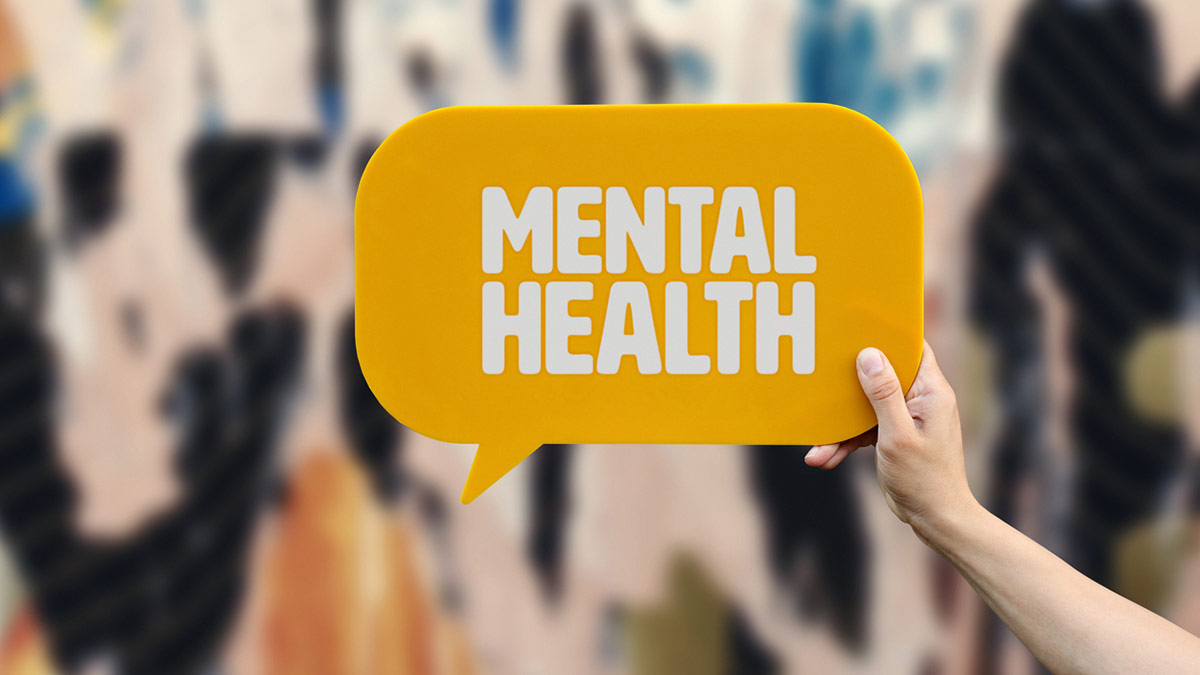The Burnout Epidemic: How Chronic Stress at Work Is Impacting Mental Health in 2025

Burnout has reached epidemic levels in 2025. From high-pressure tech jobs to remote workers juggling multiple roles, mental exhaustion is becoming the norm, not the exception. As the boundaries between work and life blur, chronic stress is quietly turning into a public health crisis.
This article explores the causes, signs, consequences, and solutions to burnout, and what businesses, individuals, and governments are doing (and not doing) to tackle it.
What Is Burnout?
Burnout is more than just being tired. According to the World Health Organization, burnout is a syndrome resulting from chronic workplace stress that has not been successfully managed. It is characterized by three dimensions:
- Emotional exhaustion
- Depersonalization (feeling detached from one’s work or colleagues)
- Reduced personal accomplishment
Burnout isn’t classified as a medical condition, but its symptoms are deeply harmful and often overlap with anxiety, depression, and even physical illness.
Burnout by the Numbers (2025)
The most recent global surveys show alarming statistics:
- 62% of workers report feeling burned out at least weekly.
- 41% of Gen Z employees say their mental health has worsened due to workplace stress.
- Remote workers are 32% more likely to struggle with work-life boundaries compared to on-site employees.
- Healthcare, tech, education, and customer service top the list of high-burnout industries.
Causes of Burnout in 2025
Burnout is rarely caused by a single factor. It’s often the result of multiple systemic and personal issues piling up over time. The most common contributors include:
1. Always-On Culture
With hybrid and remote work dominating the modern workplace, employees feel pressure to always be online, respond quickly, and prove productivity through presence.
2. Digital Overload
Back-to-back Zoom meetings, constant notifications, and juggling multiple apps have led to “cognitive fatigue.” Many professionals report never truly disconnecting.
3. Lack of Autonomy
Employees who feel micromanaged or under strict surveillance tools often feel powerless and demotivated, both major predictors of burnout.
4. Unclear Job Expectations
Ambiguity in roles, shifting goals, and poor communication from leadership contribute to daily stress.
5. Poor Work-Life Balance
With work invading home spaces, especially post-pandemic, the line between professional and personal time is disappearing, leading to chronic overwork.
Physical & Mental Impact of Burnout
Burnout is not just a mental state, it can manifest physically too. Common symptoms include:
- Chronic fatigue
- Insomnia or oversleeping
- Digestive issues
- Frequent headaches or muscle pain
- Weakened immune system
Mentally, burnout can lead to:
- Cynicism or irritability
- Loss of motivation or joy
- Forgetfulness and difficulty concentrating
- Anxiety and depression
Long-term untreated burnout increases the risk of:
- Heart disease
- High blood pressure
- Substance abuse
- Complete emotional shutdown
How to Recognize Early Signs
Burnout often sneaks up subtly. Watch for these red flags:
- You dread starting work each morning
- You feel detached or numb about tasks
- You’ve stopped celebrating small wins
- You use phrases like “I’m just surviving” or “I’m drained” often
- You experience frequent tension, frustration, or guilt about productivity
If you're constantly running on empty, it's not a weakness, it’s a sign your system needs rest and restructuring.
Solutions: What Can Be Done?
1. Individual Strategies
Burnout recovery isn’t solved with a single vacation. It takes intentional change. Start with:
- Boundaries: Set “no-work” hours and stick to them. Disable notifications after hours.
- Digital detoxes: Unplug daily, especially before bedtime.
- Exercise and sleep: Regular movement and deep rest are the fastest burnout antidotes.
- Mindfulness: Even 10 minutes of meditation reduces cortisol and mental clutter.
- Talk to someone: Therapy, coaching, or even a peer support group helps reframe and release.
2. Workplace Changes
Burnout isn’t just an employee issue, it’s an organizational problem. Companies must:
- Encourage PTO usage and disconnect culture
- Offer mental health days and stipends for therapy
- Train managers to spot burnout early
- Redesign workloads and performance expectations
- Introduce flexible schedules and asynchronous collaboration
3. Government & Policy Support
Some countries are making progress:
- France has a “Right to Disconnect” law limiting after-hours emails.
- Portugal bans bosses from messaging employees outside work hours.
- Japan enforces “premium Friday” campaigns to leave early once a month.
More governments are considering legal frameworks around remote work protections, mental health coverage, and universal right to mental health care.
Future of Work & Wellness
Burnout is not just a passing trend, it’s a systemic flaw in how modern work operates. The solution lies in rethinking productivity, prioritizing wellbeing, and creating human-first workplaces.
What Experts Predict:
- Mental health will become a top KPI for business success
- HR will evolve into Human Experience departments
- AI and automation will take over repetitive tasks, freeing humans for creative, meaningful work
- Workweeks may shift toward 4-day models to reduce stress and improve focus
Final Thoughts
In 2025, burnout is more than just a buzzword, it’s a wake-up call. A society that burns out its people for profit cannot thrive. If we want better mental health, we must challenge toxic productivity, reward rest, and value humanity over hustle.
Whether you’re a leader, employee, freelancer, or student, your mental health is not optional. It’s foundational. The first step toward healing burnout is believing you deserve better.
Take a breath. Take a break. And take burnout seriously.